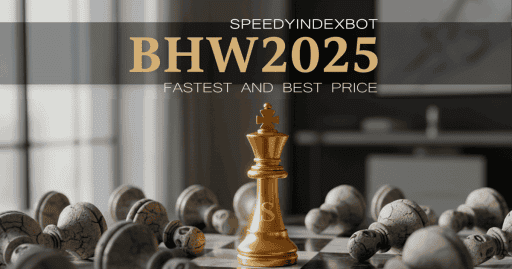Backlinks Quality Matters More Than You Think
We recently had a client come to us, frustrated. He’d invested in a backlink campaign, meticulously submitting his website to dozens of bookmarking services, hoping to see a surge in traffic. But his links weren’t getting indexed.
Sites like bookmark-nation.com – where he’d placed many links – showed zero authority, and the bookmarking sites themselves weren’t even indexed by Google. Sound familiar? It’s a surprisingly common problem, and the first place we look is link quality.
We have created a table that shows examples of these sites with metrics.
Examples of Low-Quality Backlinks (And Why They Hurt Your SEO) — Google Sheets
As the saying goes, «There are no miracles, sometimes you have to admit it.» And that’s especially true in SEO. No indexing service can magically transform low-quality links into high-authority assets. As they say, you can’t turn trash into gold.
Here’s the blunt truth: not all backlinks are created equal. In fact, some can actively hurt your SEO. Submitting to low-quality bookmarking sites is a prime example of a strategy that’s likely to do more harm than good. So, before you blame the indexing service, let’s do a reality check on those links.
Key Criteria for Evaluating Backlink Quality (Paid or Free):
Domain Authority (DA): Aim for 30+, but remember, it’s just one metric.
Domain Rating (DR): Ahrefs’ DR provides another perspective on authority; higher is better.
Traffic: Use tools like SEMrush or Ahrefs to estimate organic traffic. No traffic = little value.
Majestic Trust Flow/Citation Flow: Look for a healthy ratio; high Citation Flow without Trust Flow is a red flag.
Indexed Pages in Google: Run a site: search on Google. A small number of indexed pages indicates a potentially weak or penalized domain. Use SpeedyIndex for bulk index checking.
Domain Age: Older domains can be more trustworthy, but it’s not a guarantee.
Spam Score: Moz’s Spam Score highlights potentially problematic sites. Proceed with caution if the score is high.
Relevance is Paramount: The linking site must be relevant to your niche. A pet grooming site linking to a financial services page is a clear indicator of manipulation.

Red Flags We Spotted (And You Should Watch For):
- Low-Authority Sites: A link from a brand-new blog with zero traffic or a bookmarking site with no real users is about as useful as a participation trophy. We’re looking for established sites with decent Domain Authority (DA).
- Irrelevant Content: A link from a site about cat grooming pointing to your financial services page? Google sees that as spammy. Relevance is key.
- Spammy Tactics: Directory submissions, comment spam, article spinning… and yes, mass bookmarking submissions… these are relics of a bygone SEO era. Google actively penalizes them.
- Hidden or «NoFollow» Links: If the link is buried in the footer or tagged «nofollow,» it’s not passing any authority. You want visible, «dofollow» links within the body of relevant content.
- Over-Optimization: Exact-match anchor text for every link? That’s a huge red flag for manipulation. Natural variation is the name of the game.
Why are my backlinks not indexing? The Takeaway:
Indexing services can only work with what they’re given. If your backlinks are low-quality – especially if they’re from inherently low-value sources like spammy bookmarking sites – Google has no incentive to index them. In fact, they might actively avoid indexing them, potentially harming your site’s reputation.
Our Recommendation:
Before you invest in indexing, invest in link auditing. Identify and disavow the bad links from those bookmarking sites. Focus on earning high-quality, relevant backlinks from authoritative sources. Then use an indexing service to ensure those valuable links get the attention they deserve.
It’s not about quantity; it’s about quality. Always has been, always will be. Steer clear of those bookmarking services.
Best regards,







Hi!
Backlink indexing challenges remind me of how Google’s evolving algorithms prioritize quality over quantity, much like how behavioral economics shows people value meaningful interactions over superficial ones. A recent Ahrefs study found that 60% of backlinks never get indexed, which aligns with your point about crawl budget inefficiencies.
Could this signal a shift where search engines increasingly favor contextual relevance and user engagement metrics, similar to how social media platforms prioritize «meaningful engagement»? If so, SEOs might need to rethink traditional link-building strategies entirely.